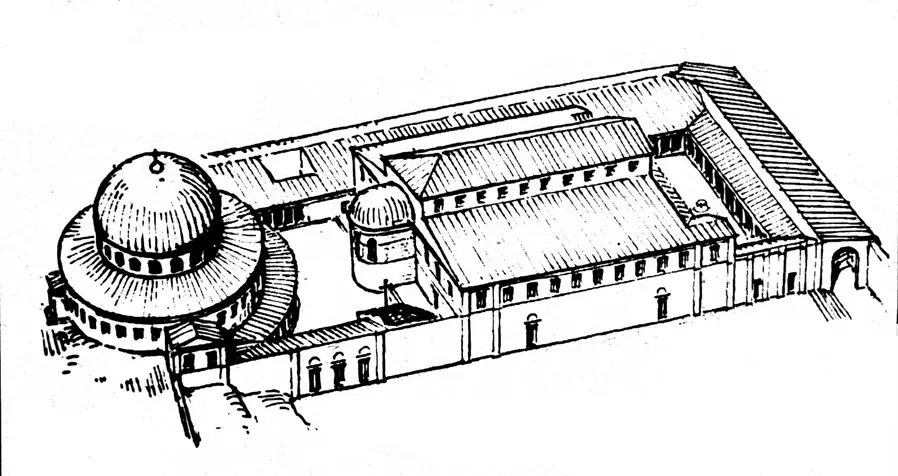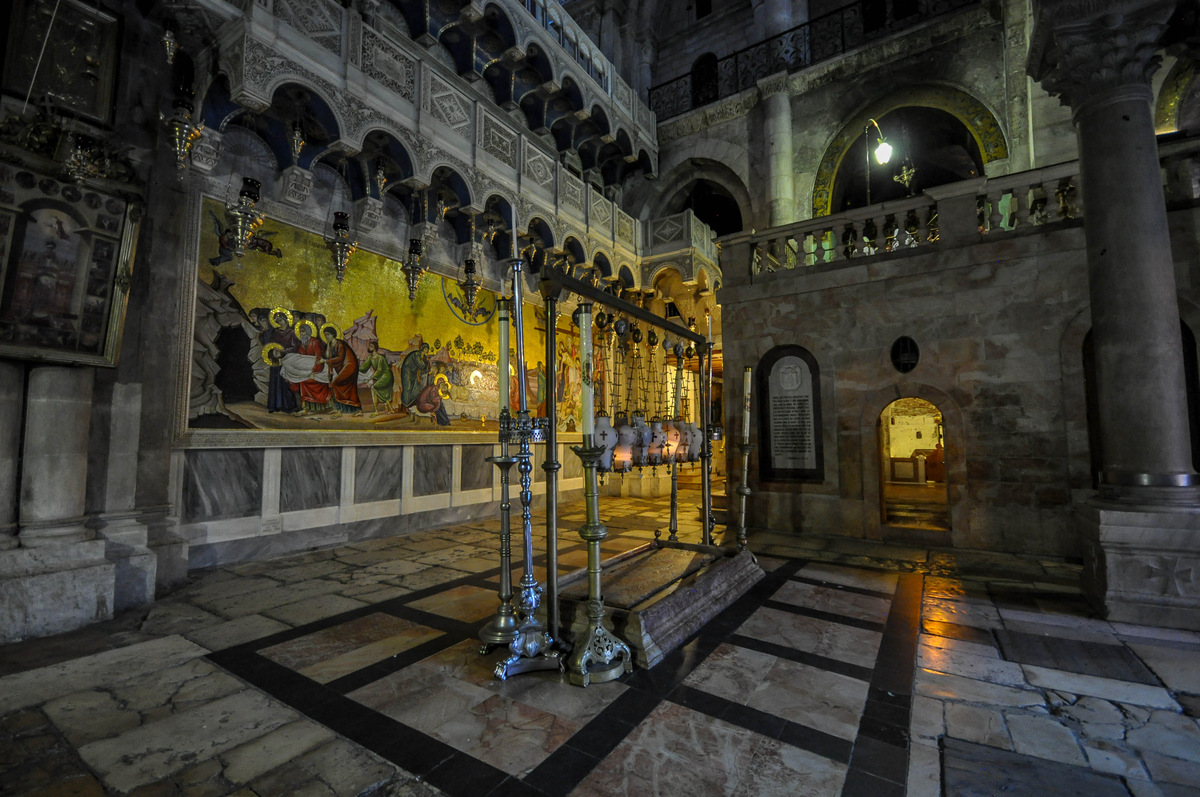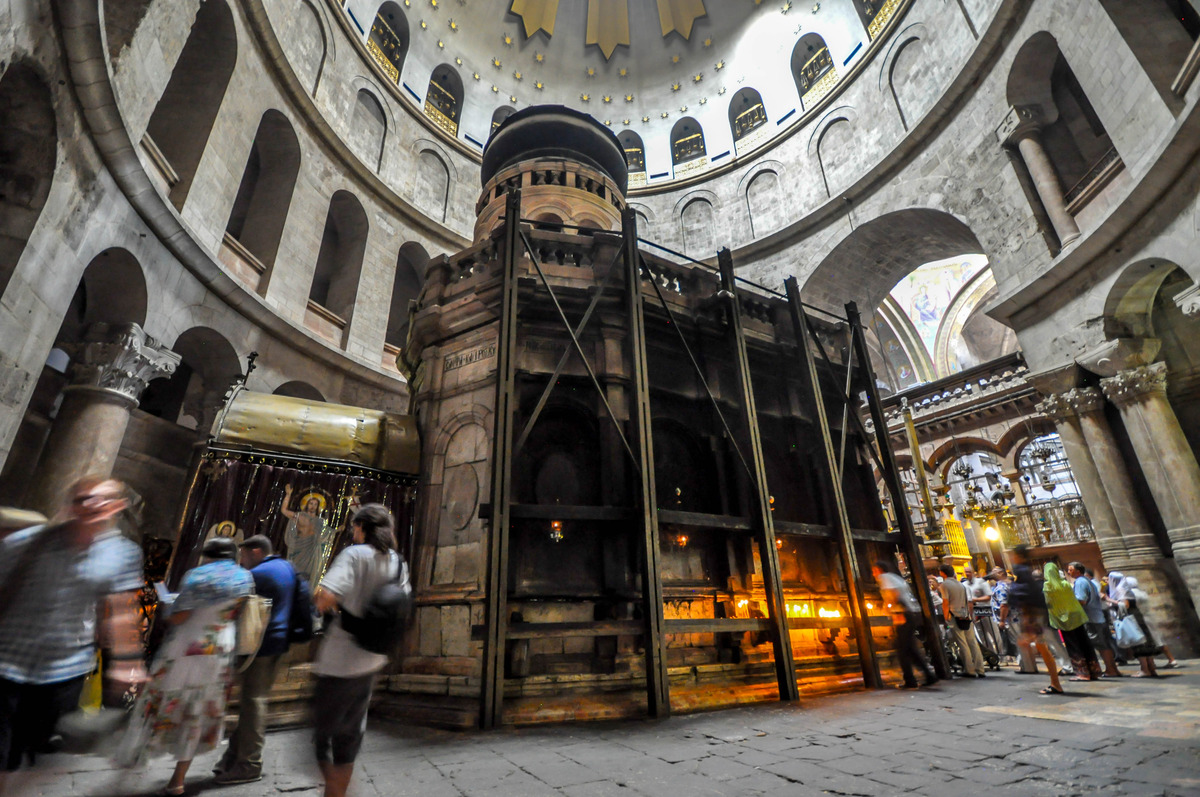World 🢖 Asia 🢖 Palestine 🢖 West Bank
Churches 🢔 Religious architecture 🢔 Architectural wonders 🢔 Categories of wonders
Wonder
Church of the Holy Sepulchre
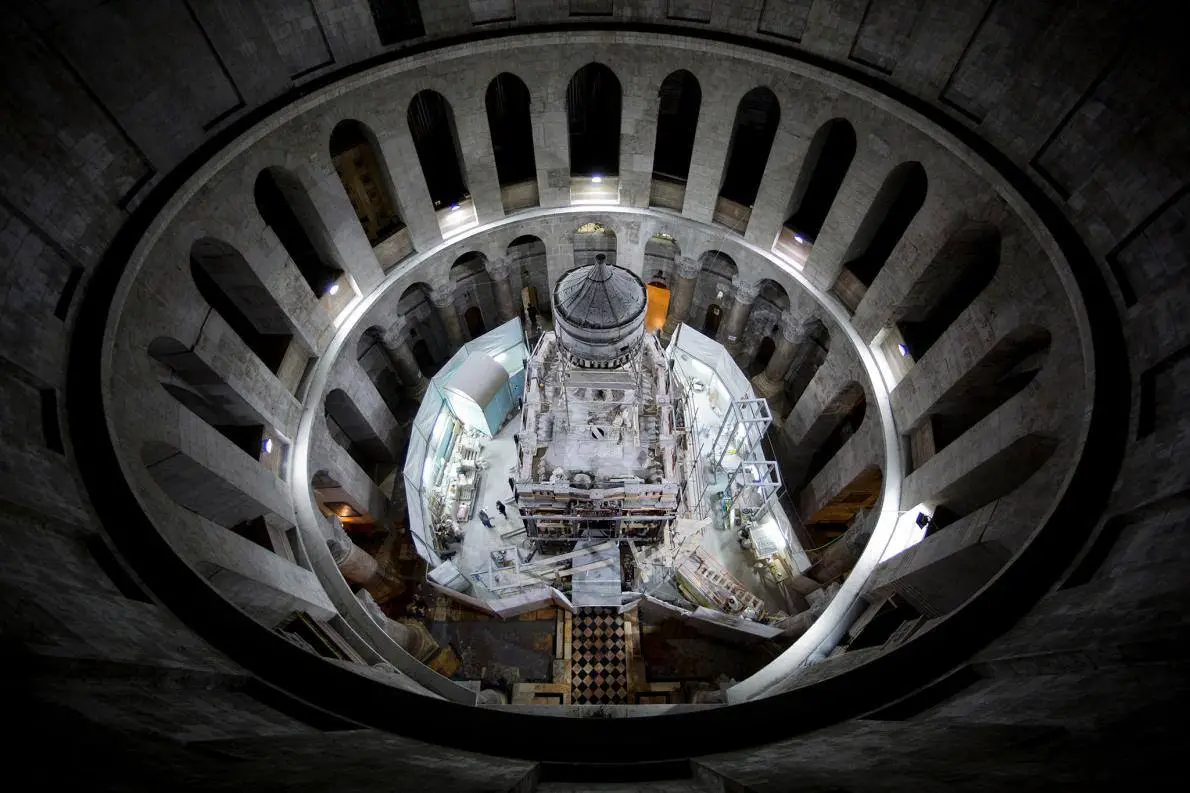
 In short
In short
The most important church in the world might be the Church of the Holy Sepulchre – a building of immense historical value and a site of countless legends. It was built over the site of the crucifixion and burial of Jesus and is one of the oldest churches in the world.
 59.6%
59.6%
GPS coordinates
Name in other locally and historically relevant languages
Architectural style
Year of construction
Branches of Christianity
UNESCO World Heritage status
Map of the site
If you see this after your page is loaded completely, leafletJS files are missing.
 In detail
In detail
History
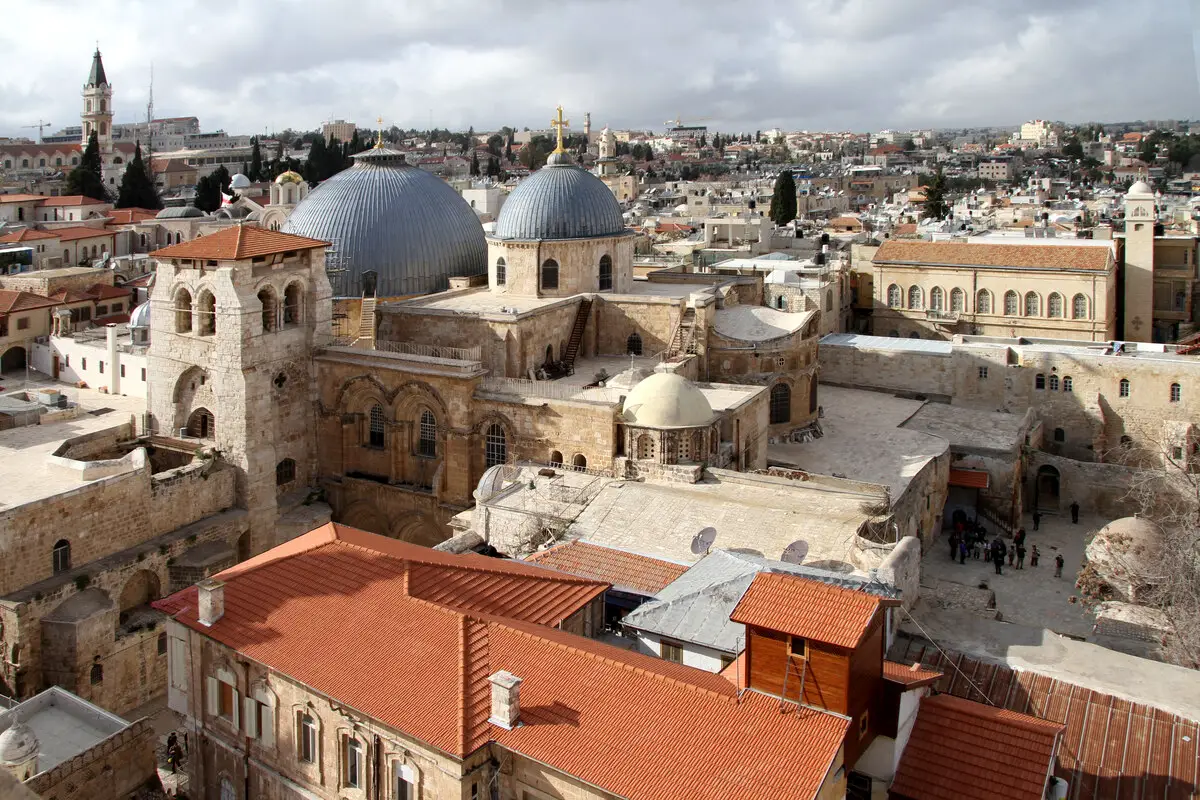
This holiest Christian shrine was built in the purported site of the crucifixion of Jesus and in the location where he was buried and then resurrected.
The church was rebuilt several times and every time some details of the previous structure was used in the newer building.
Before the construction
- Before Jesus – the site of the present-day church was a limestone quarry.
- Around 135 – the construction of the Roman town Aeolia Capitolina in the site of ruined Jerusalem was on-going. Emperor Hadrian ordered that the site with the cave and the rock-cut tomb should be filled and a flat foundations in the site should be created. A temple for Jupiter and Venus was built in this site.
- 312 – Roman Emperor Constantine the Great started to favour the Christianity and this religion was legalised in the empire.
- 325-326 – mother of Constantine, Helena went went on a pilgrimage to the Holy Land to look for relics and testimonies of Jesus life. In 326 with the assistance of local people she found the purported tomb of Jesus and three crosses near it. One of these crosses had miraculous properties and was considered to be the True Cross. In this same year Constantine ordered to remove the Roman temple and build a church there. The cave with rock-cut tomb was excavated and declared to be a burial of Jesus.
The ancient church
- 326-335 – construction of the church. The new church was designed by the architect Zenobius and consisted of two main parts, each built over a holy site: Anastasis rotunda over the burial site of Jesus and basilica (Martyrium) over Calvary or Golgotha – the place where Jesus was crucified. There are discussions about the authenticity of both sites, but there is not much chance that we will find out this with a certainty. During the rebuilding of the church the former cave was significantly transformed, the rock around the cave was removed to give a space for the church.
- 13 September 335 – consecration of the new church. It became one of the first official shrines in Christian religion and, almost immediately – a place of pilgrimage for Christians. The emphasis was laid more on the fact of Jesus’ Resurrection and the church more frequently was called Church of Anastasis (Anastasis: Resurrection in Greek).
- May 614 – during the Persian attack on Jerusalem the church was destroyed by fire, forces of Khosrau II seized the True Cross.
- 630 – the church was rebuilt after it was recaptured by the Eastern Roman Empire.
- 637 – Jerusalem came under Muslim rule but the Christian shrines were protected and continued their activities. There is a well-known story about caliph Umar ibn al-Khattab who visited the church but decided to pray outside it to prevent the turning of the church into mosque.
- 746 – a powerful earthquake damaged the church. It suffered from fire and earthquakes in the later centuries as well.
- 966 – during the riots in Jerusalem the church doors and roof burned down, Patriarch John VII was murdered.
Crusades
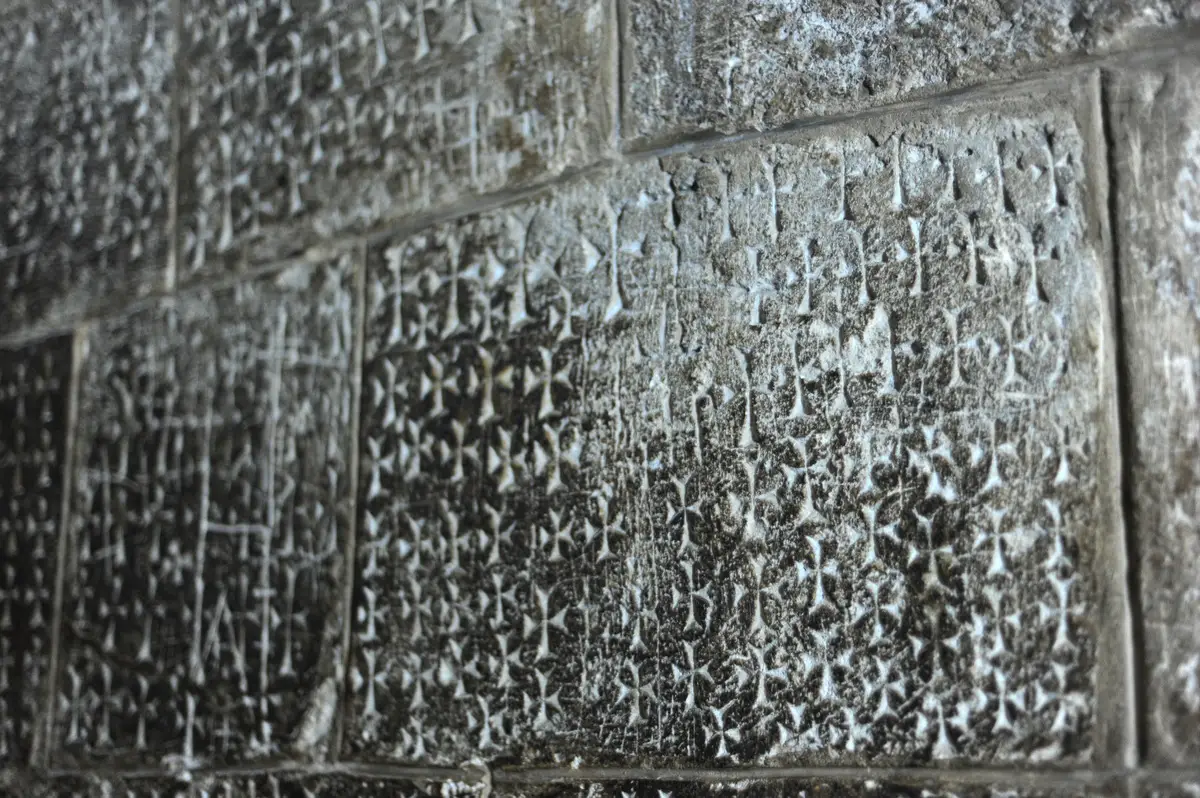
- 1009 – caliph al-Hakim bi-Amr Allah during his campaign against the Christian shrines in Palestine and Egypt ordered to demolish the Church of the Holy Sepulchre. The church was almost totally destroyed, the roof of the rock-cut tomb was damaged. This event was met with shock and anger in Europe and was one of the main reasons for Crusades.
- 1027-1028 – an agreement was reached between the Byzantine Empire and the next calyph about the rebuilding of the church.
- 1048 – the new church was constructed. The new building was just a part of the former one – the great basilica still was in ruins although the rotunda and buildings around it were rebuilt.
- 15 July 1099 – the church was taken over by the First Crusade. It was the centrepiece of this crusade and every crusader could consider his mission accomplished after a prayer in the Church of the Holy Sepulchre.
- middle of the 12th century – gradual rebuilding of the church in a Romanesque style, construction of a bell tower.
- 1187 – Jerusalem together with the church was lost to the army of Saladin but Christians could continue their pilgrimage to the church.
- 1244 – after a short period of regained Christian control over Jerusalem, Khwarazmian army (that before this fled from Mongolians) sacked Jerusalem and pillaged the church.
Late medieval and modern times
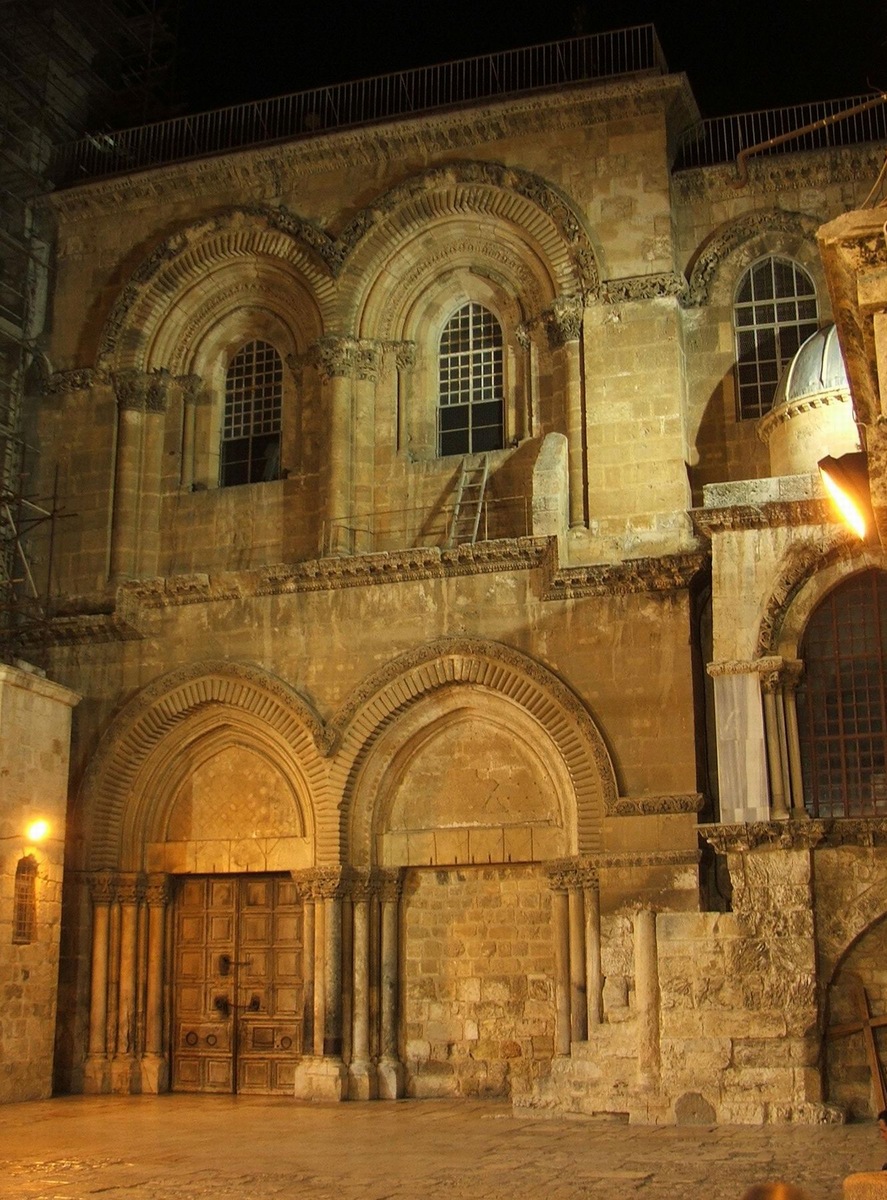
- 1555 – Fransiscan friars gradually renovated the church. All the preceding centuries it continued to be an object of pilgrimage. After this, a period of a continuous struggle between the Franciscans and Orthodox Christians ensued, frequently with violence.
- 1757 – local Muslim authorities got fed up with the hostilities between Christians and a decree was issued about a shared responsibility and ownership of the church (and other Christian shrines in this region). Later, in the 19th and 20th centuries, this decree was amended, stating that all six Christian communities should agree upon any changes. This system of rules is called Status Quo now and a sign of these rules is a ladder under the window of the Church: it stands there since 1728, although has been moved around several times since then.
- 1808 – due to a fire the dome of Rotunda collapsed. It was rebuilt in 1809-1810 in the Ottoman Baroque style and then rebuilt from iron in 1868.
- 1959 – early 21st century – extensive renovations of the church complex.
Due to its outstanding importance, this shrine is jointly controlled by the churches of several Christian denominations, including Roman Catholics, Greek Orthodox Church, and Armenian Apostolic Church as well as other churches – Coptic, Syriac and Ethiopian Orthodox.
Description
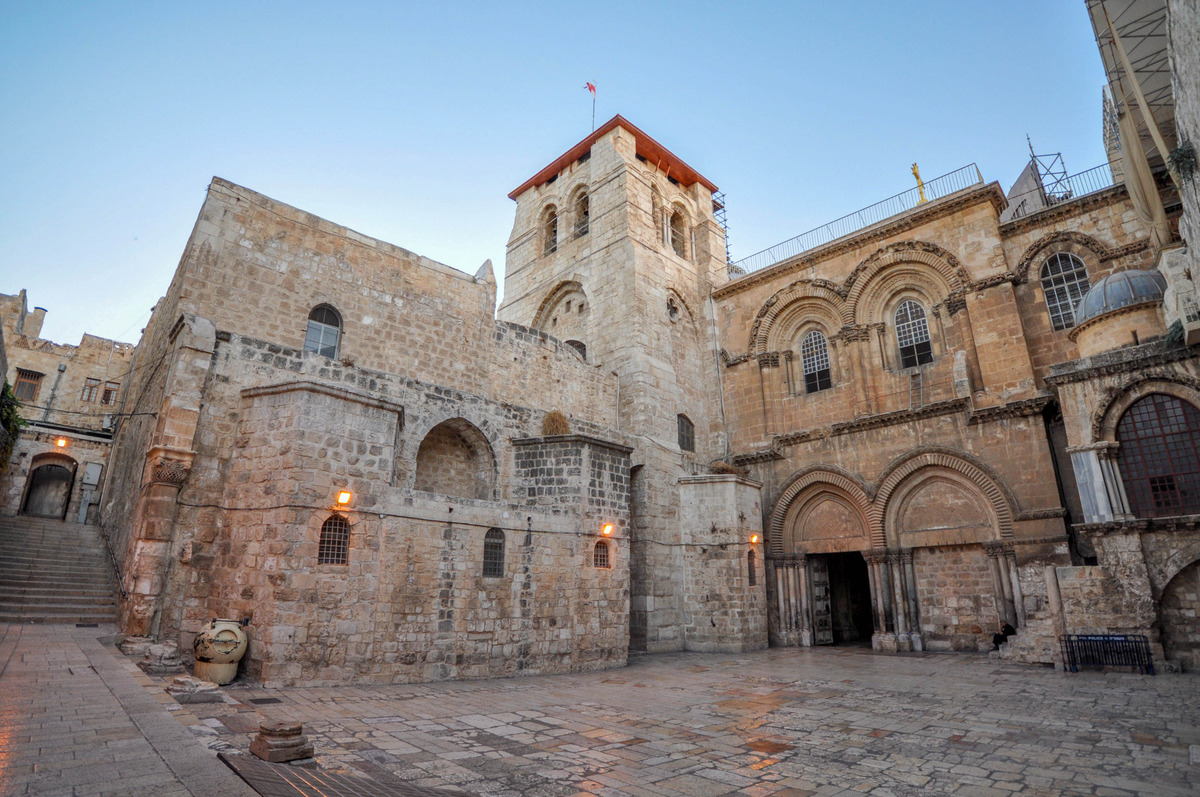
Today the Church of the Holy Sepulchre is an enormous complex of buildings in three dimensions, with numerous buildings, passages under them and some buildings constructed over others.
The church is inside the medieval walls of Jerusalem but outside the walls of the ancient city and, in general, it may correspond to the location where the crucifixion and burial took place.
Beautiful is the courtyard in front of the church – parvis, a lively place in the ancient metropolis that is surrounded by ornate, valuable buildings.
The church can be divided into smaller landmarks – several monasteries, several churches, numerous chapels, crypts with tombs, passages, many with their special values and legends. More or less complete description of this structure and its history would make a thick book. In fact, many books have been written about this ancient building.
Thus, for example, a kind of a living legend is the Nuseibeh and Joudeh families – Muslims who have the keys to main, beautiful southern doors in the church since the 7th century AD. They were deemed to be suitable as they were impartial to the quarrels of Christians, and, it seems, last 13 centuries have proved this to be a correct decision.
Wondermondo will not dive into all of this… except for the legendary sites connected to Jesus:
The site of the crucifixion: Calvary or Golgotha
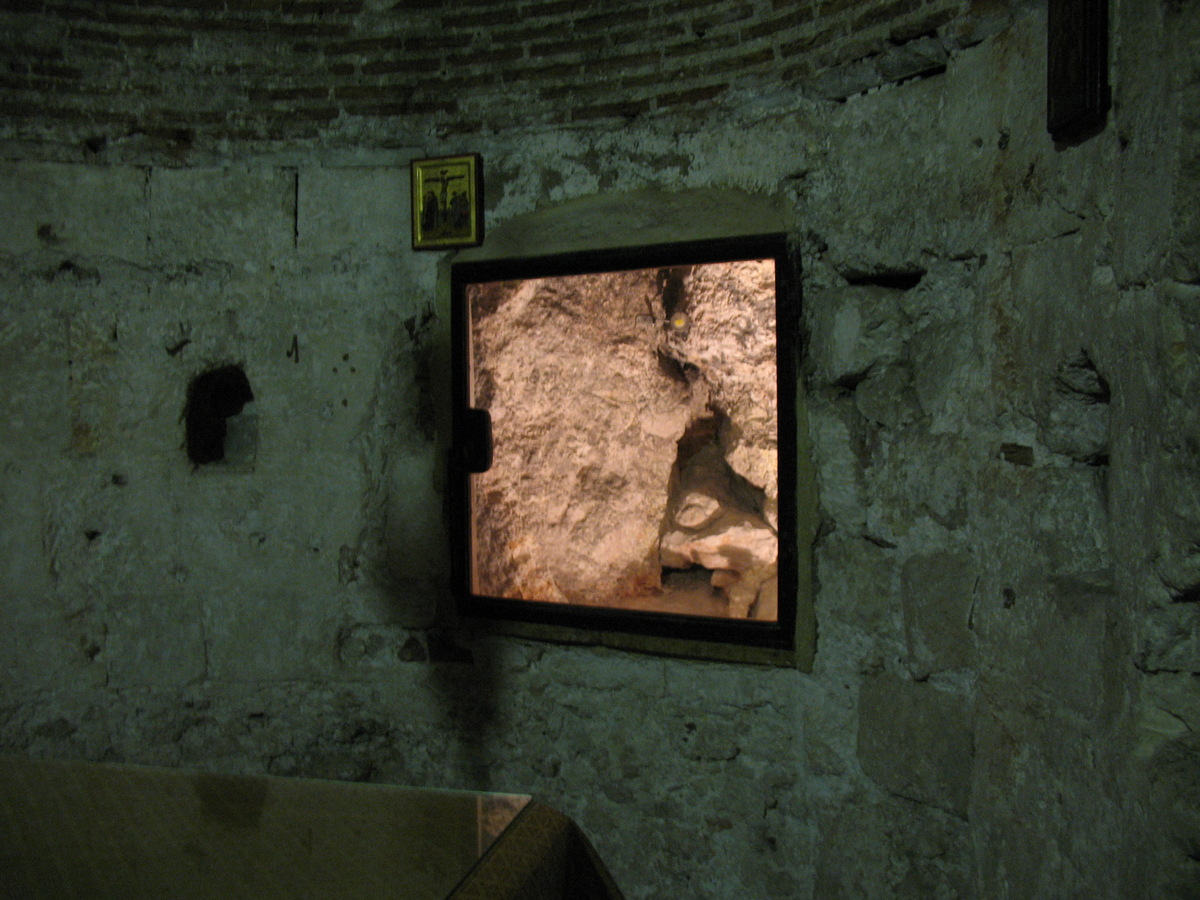
Last steps of Jesus before his crucifixion are now inside the church. Stairs that lead up to Golgotha or Calvary, a place where the cross was located. Two millenia ago this was a remote place of doom, where the victims met turtuous death. Now this could be the most ornate part of the Church of the Holy Sepulchre.
People could not agree upon a single shrine there as well: Calvary has two chapels, Greek Orthodox and Catholic. In the Greek chapel the location, where the cross stood, can be touched through a hole in the floor.
An interesting detail is the Chapel of Adam under the Calvary. According to a legend, Jesus was crucified over the place where was buried the skull of Adam, the first man according to the Bible.
Stone of Anointing
During the reconstruction in 1810 inside the church, at the entrance was placed a large stone. According to a tradition this is the exact stone where the body of Jesus was laid after his death on the cross and prepared for burial.
An influential man in Jerusalem, Joseph of Arimathea, asked for the permission of Pilate to bury Jesus after his execution. Upon getting this permission, Joseph purchased a shroud and together with another man, Nicodemus, took Jesus off from the cross and laid him on the stone to bound him in the shroud and spices for later placement in the burial cave.
Most likely, the current stone has nothing in common with the possible stone where Jesus was laid millennia ago, but, nevertheless, it is venerated and is an important part of the shrine.
Aedicule – the tomb of Jesus
When the body of Jesus was prepared, he was buried in a family burial cave (sepulchre) nearby the place of the crucifixion. According to some legends, this burial cave belonged to Joseph of Aromathea.
Today this burial cave has been transformed beyond recognition – it’s ceiling was removed in the 4th century and the burial became a centrepiece of the Church of the Holy Sepulchre, its main shrine.
In 1810 above this burial was built a large dome – rotunda. In the center of this rotunda stands the Aedicule – a shrine that contains the burial of Jesus. This shrine has two rooms. In the first is Angel’s Stone, a purported fragment of the stone that sealed the tomb. In the second room is the tomb of Jesus that sometime around 1555 was enclosed in marble. This marble covers one more enclosure that was made by Crusaders and below it is a true ancient burial site – sepulchre.
Of course, the tomb is empty because Jesus resurrected. Thus it is not just a historical place but a place of huge spiritual importance, a place that brings a hope in the heart of every believer.
In general, the Church of the Holy Sepulchre is not an exceptional monument of art and architecture, but it is a building of immense historical value and a site of countless legends. It has left a huge influence of the development of Christianity, its rites and even architecture. There are several replicas of this building around the world that were built to benefit the piligrims who may visit these “other” shrines instead of the genuine Holy Sepulchre and Calvary in Jerusalem.
References
- Church of the Holy Sepulchre, Madain Project. Accessed on June 20, 2023.
 Linked articles
Linked articles
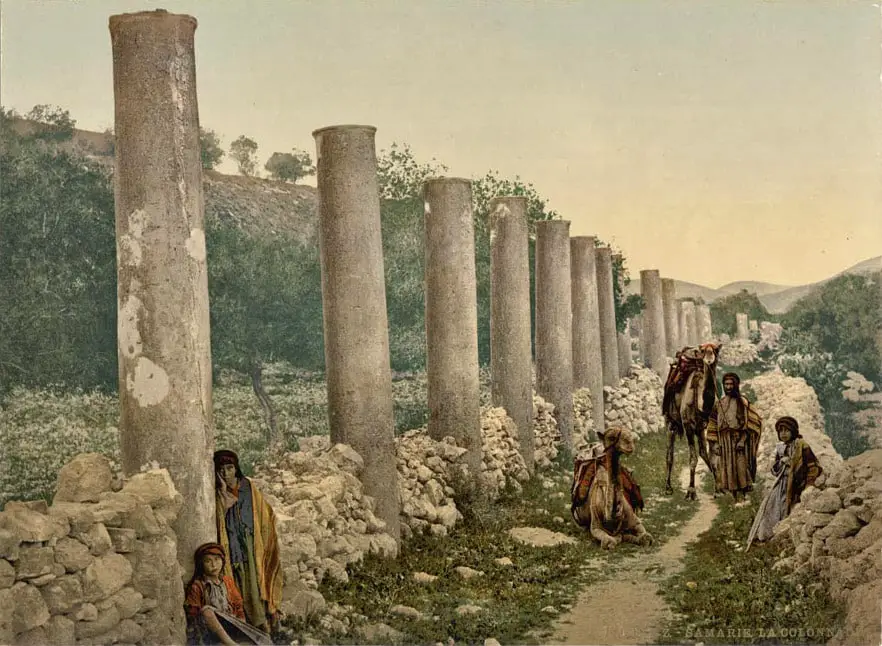
Wonders of Palestine
Palestinian territories (or better simply – Palestine) has very special landmarks. This land has experienced the birth of Judaism and Christian religions and plays a very important role also for Muslims. Billions of people see this land as the place of divine presence, with many sites linked to events of extremely high importance for believers and historians.
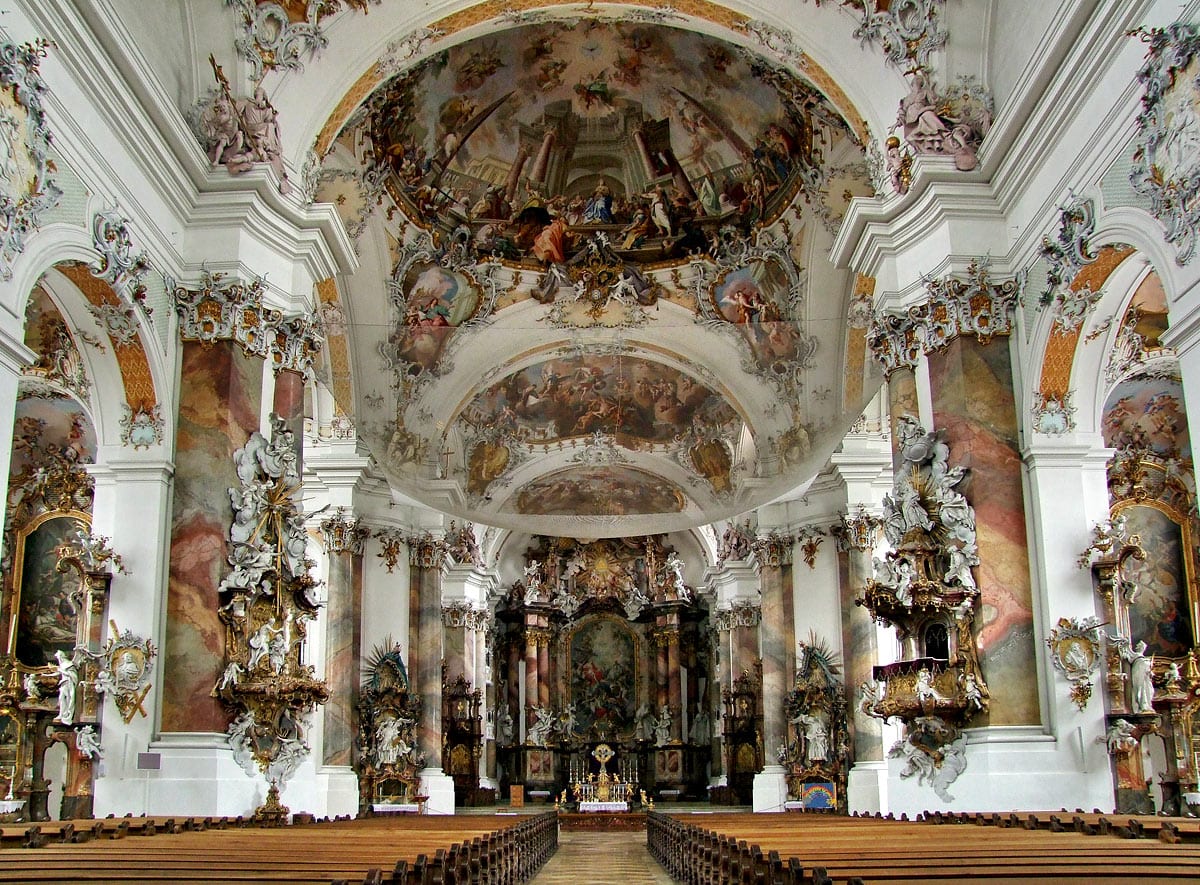
Churches
Throughout the millennia Christian churches have been the epitome of architecture and arts achievements in Western culture.
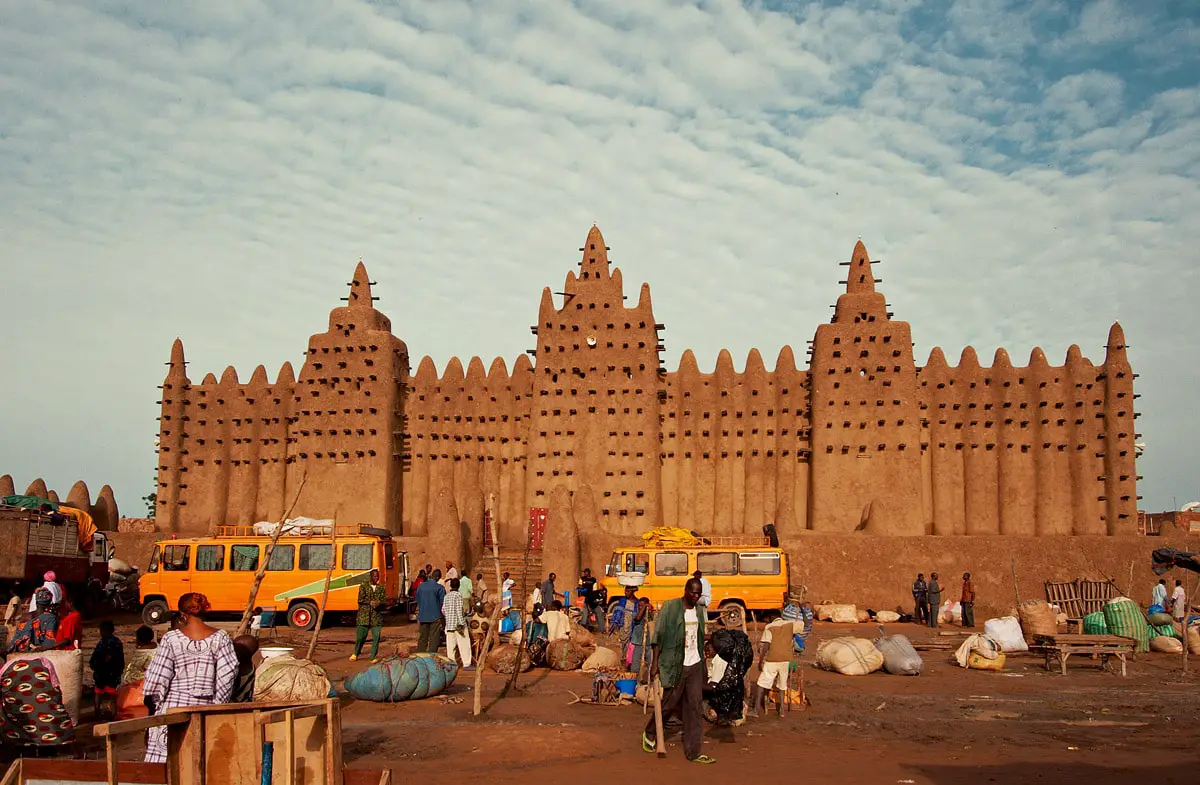
Religious architecture
Since ancient times human talents and skills have been expressed in religious architecture and arts, and traditions and rituals have evolved around pilgrimage sites. Religious buildings represent a major part of the highest achievements in architecture and crafts.
 Recommended books
Recommended books
The Church of the Holy Sepulchre in Text and Archaeology
The Church of the Holy Sepulchre, Jerusalem, was built by the Byzantine emperor Constantine I to commemorate the Passion of Jesus Christ. Encased within its walls are the archaeological remains of a small piece of ancient Jerusalem ranging in date from the 8th century BC through the 16th century AD, at which time the Turkish Ottoman Empire ushered Jerusalem into the modern period.
The Church of the Holy Sepulchre: The History of Christianity in Jerusalem and the Holy City’s Most Important Church
The most famous church in Jerusalem for nearly 2,000 years, the Church of the Holy Sepulchre, often called the Church of the Resurrection, was built in the era of St. Constantine, and the church as a structure has no history separable from the city of Jerusalem and its environs.

